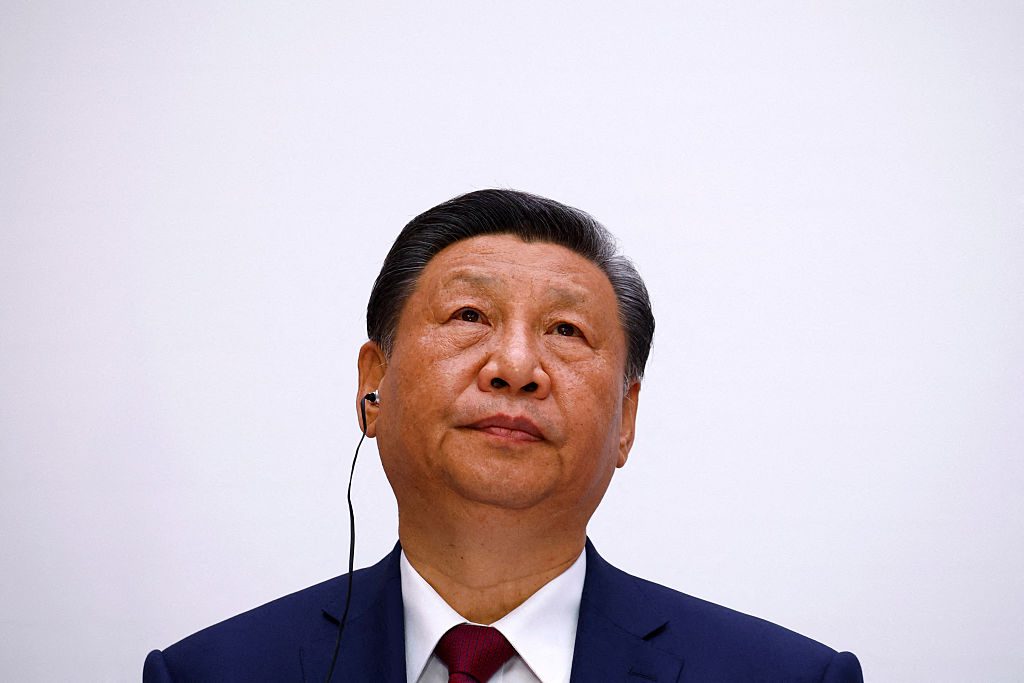Late last week, Beijing escalated the US–China economic showdown, tightening export controls not just on rare earth minerals but on the refining technology that makes them usable. Within hours, President Donald Trump denounced the move as “economic aggression”, slapped 100% tariffs on a wide swath of Chinese goods, and warned of even harsher retaliation unless Beijing backed down.
Although both sides now seem to be backing down, the CCP may have already overplayed its hand. Just as US chip controls spurred Beijing to accelerate semiconductor self-sufficiency, China’s move may now force Washington to fast-track its own mineral independence.
Even if talks progress, the underlying dynamic of confrontation is unlikely to disappear. Contrary to Trump’s portrayal, Beijing’s escalation did not come out of the blue — it was retaliatory. Earlier in the week, the US Commerce Department quietly expanded semiconductor export controls under the “50% rule”, a provision that automatically extends restrictions to any company 50% or more owned by a blacklisted Chinese entity.
In practice, this instantly brought hundreds of Chinese subsidiaries under US export control. Washington also raised port fees on Chinese state-linked shipping carriers. Officially, these moves were categorised as “regulatory clarifications”. Beijing, however, viewed them as a breach of the informal diplomatic truce reached in Madrid in June — an understanding that neither side would escalate while talks were ongoing. This time, China responded not with tariffs but by striking at a strategic choke point.
China controls roughly 87% of global rare-earth refining capacity. These minerals, and the permanent magnets made from them, are essential to F-35 fighter jets, Tomahawk missiles, satellites, quantum computing systems, data centres, electric vehicles, wind turbines, and almost every advanced industrial technology.
But this is where Beijing may have made a strategic error. Rare earths themselves are not actually rare: the geology is widely distributed across the United States, Australia, Brazil, Vietnam, and even Sweden’s Kiruna deposit. What China dominates is processing, a position secured through a state-backed policy since the Nineties that overlooked environmental damage and drove competitors out of business by undercutting prices.
However, by converting its rare-earth dominance into a geopolitical weapon, China has now given Washington the political and economic cover to do what it should have done years ago: rebuild refining and rare-earth magnet capacity at home.
The response will not be immediate, but it is underway. The Pentagon has supported MP Materials through the Defense Production Act to restart heavy rare-earth refining in California and permanent magnet production in Texas. Australia’s Lynas is building a US-funded refinery in Texas, while the United States, Japan, and South Korea are planning joint magnet manufacturing to reduce dependence on China.
In the past, China bet that Western governments were too slow and ineffective to mount a serious industrial policy response. It was a reasonable assumption — until now. Indeed, Beijing may be underestimating how quickly Western companies will act independently. US manufacturers reliant on rare earths are already quietly moving to secure alternative supply lines and fund new refining capacity themselves.
China’s rare-earth export control threat sends a clear warning to Western companies dependent on China-linked supply chains: they cannot rely solely on a potential deal between Beijing and Washington. Even if such an agreement were reached, it would not eliminate the risk of future geopolitical shocks.
By wielding rare-earth export controls, China aimed to tighten its chokehold and force Trump to back down. Instead, it may have done the opposite, prompting the US to treat supply-chain independence as a national mission.

